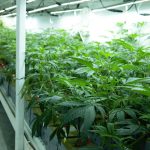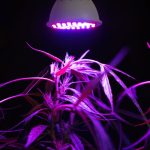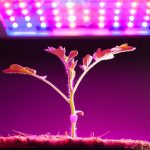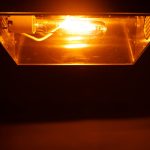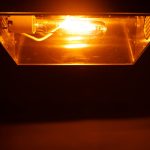When it comes to growing cannabis, there are a lot of different things to keep in mind. One of the most essential things to be aware of is the grow lights and light systems.

This is since the lights you pick will affect how well your plants will grow and the growing speed as well.
If you decide to grow cannabis indoors, then you will discover that the majority of lighting systems will require a ballast. In this article, we will discuss how you can select the right ballast for growing cannabis.
What Does A Grow Light Ballast Do?
The current that is sent into your grow lamps can be managed using a grow light ballast. They also make sure the grow bulbs are powered up at the proper voltage.
The power source for grow lights must be high-voltage, which is crucial. Spikes in electrical current could be high as a result.
Thus, grow light ballasts regulate and restrict electrical current to prevent the grow light from being harmed by electrical surges or flashes.
As a result, a grow light ballast aids in regulating the amount of electricity your light generates, so it may function as it should. Your bulb could generate far too much energy or blow up if there is no ballast.
Different Types Of Ballasts
Ballasts should be used in relation to the type of lighting that you have. There are different varieties to be aware of.
Magnetic Ballasts
Both MH lighting and HPS lights are compatible with magnetic ballasts, also referred to as electromagnetic ballasts.
They come in 250, 400, and 600 watt versions. Remember that the voltage of your grow light and ballast should always match.
Before selecting this kind of ballast, take into account that magnetic ballasts waste a lot of energy as heat. Also, only a few of them can quickly cause temperatures to rise in your growing space.
Electronic Ballasts
Compared to magnetic ballasts, electronic ballasts are lighter and produce less heat. In terms of energy loss from excess heat, they are more effective as well.
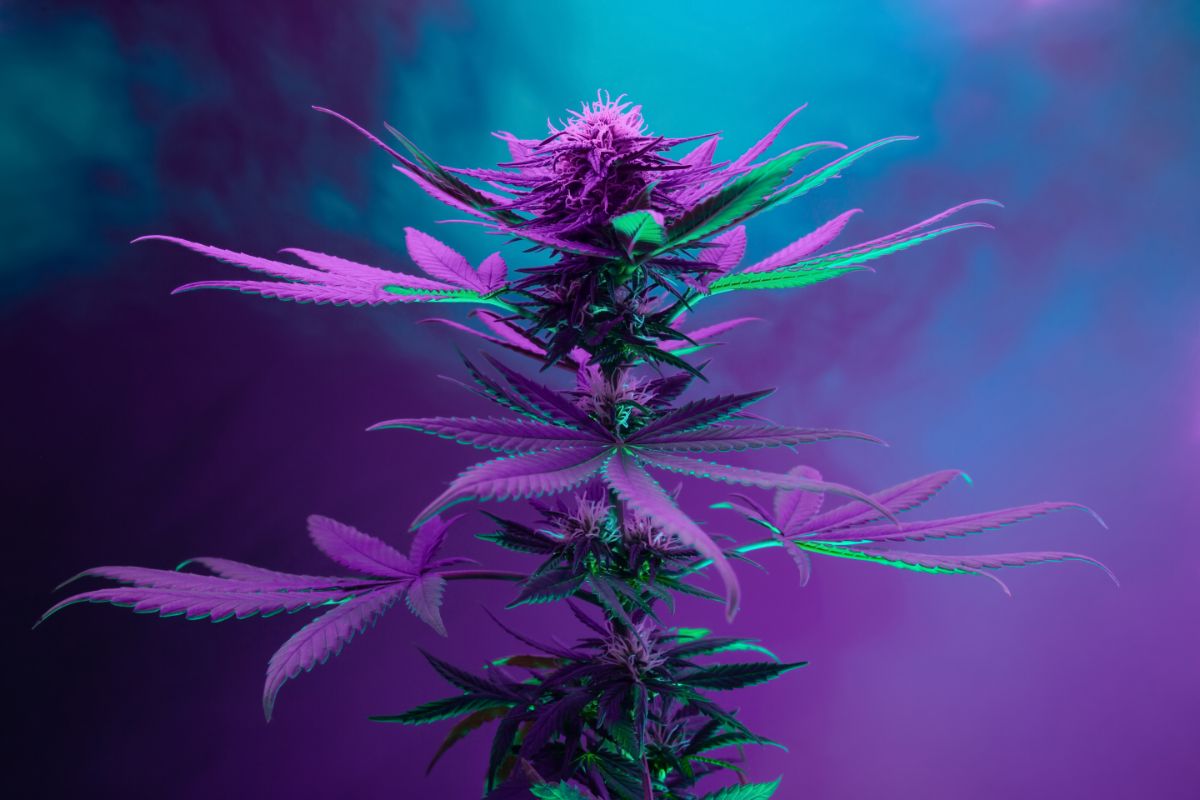
Also, they have dimmers that allow you to switch between lights of various wattages, while still using the same ballast. This then significantly reduces your electricity costs.
Electronic ballasts are far safer compared to magnetic ballasts. They don’t generate heat as much, preventing overheating and potential plant damage if they turn off.
LEC/CMH Electronic Ballasts
You should expect greater outcomes when growing cannabis indoors under LEC lighting.
LEC lights generate light with UV and infrared spectrums that are comparable to those of the sun, increasing trichome production and reducing terpene loss from excessive heat.
Also, they outlast sodium lighting in terms of durability.
Do I Need A Ballast For LED Grow Lights?
Ballasts are not required for LED grow lights. This is so that each LED bulb can automatically act as a ballast thanks to a component known as the driver.
While some LED drivers are external and attached to the light fixture, others are internal and incorporated into the bulbs. LED lighting simply requires direct current (DC).
Thus, there is no need for a ballast in modern LED grow lights, however, there are some made to function with an existing ballast.
There are “plug-and-play” or ballast-compatible LED grow lights that can take the place of a variety of lights, including fluorescent bulbs and HIDs.
How Do I Know If Ballast Is Bad?
A typical ballast has a lifespan of over ten years. However, the lifespan might be shortened without good maintenance and external influences like cold weather or broken bulbs.
Check All Components
Bulb flickering or buzzing is a sign that a ballast is about to fail. It’s crucial to verify the equipment before presuming a replacement is required.
This is because these problems can occasionally occur while the ballast is functioning as normal.
The components of the fixture, including the bulbs, should be examined. Nevertheless, burn marks, inflated casing, or oil leaks are apparent failure indicators when inspecting the ballast.
Use A Multimeter
You might also try measuring resistance using a multimeter kit.
A multimeter is a device used to measure voltage, resistance (generally measured in ohms), and electric current (measured in amps).
It can be analog or, more typically, digital and combines the functionality of a voltmeter, and ohmmeter.
An analog multimeter’s needle will move to the right across the measuring scale if the ballast is functioning properly. The needle won’t move if the ballast is bad.
When a digital multimeter fails to detect a detectable resistance, the digital readout may occasionally display a “1.”
Do I Need A Ballast For CFL Grow Lights?
A ballast, which is frequently integrated, is required for all compact fluorescent (CFL) lights.
In the 1990s, small fluorescent bulbs were introduced to the fluorescent lighting industry. They were created to take the place of incandescent light bulbs and are more energy efficient.
They screw into the socket, much like incandescent light bulbs, and then you have light.
The primary issue with the CFL design was making the smaller, more compact ballast. The majority of spiral- or “spring-shaped” CFL bulbs include an inbuilt ballast.
However, a ballast is not included in CFL light bulbs with pin bases.
Conclusion
When it comes to choosing the right type of grow light, you will find that most of them will come with a ballast. The right ballast is vital to ensure that your lights are working properly and safely.
Different types of lights may require different types of ballasts. It is important you do your research into your chosen grow light before installing the light.
We hope this article has been helpful and given you a better understanding on how to choose grow light ballasts.
- 5 Best Weed T-Shirts For Women - June 26, 2023
- What Is Stoner Girl Clothing? All You Need To Know - June 26, 2023
- What To Wear To A Cannabis Café: 10 Awesome Options - June 26, 2023

